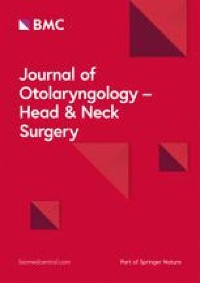Histol Histopathol. 2022 Feb 22:18441. doi: 10.14670/HH-18-441. Online ahead of print.
ABSTRACT
2,2',4,4'-Tetrabromodiphenyl ether (BDE-47) is an environmental contaminant that crosses the blood placental barrier and interferes with the homeostasis of fetal thyroid hormones.
AIM OF WORK: This study was designed to investigate the perinatal effect of BDE-47 exposure on the postnatal development of the rat cerebellar cortex.
MATERIALS AND METHODS: This study was carried out on 20 pregnant rats and 36 of their offspring. The pregnant rats were divided equally into control and BDE-47 treated mother groups; supplemented orally with BDE-47 (0.2 mg/kg/day from day 8 of gestation until the day of weaning). The offspring of both mother groups were subdivided, according to their developmental age, into three subgroups; PND14, PND21and PND42. SerumT3, T4 and TSH were assessed for dams and their offspring. Testing the motor coordinatio n of the offspring via the rotarod test was conducted. Sections of the cerebellar cortex from offspring subgroups were stained with hematoxylin and eosin alongside immunohistochemical reactions and optical density of nerve growth factor (NGF), brain derived neurotrophic factor (BDNF), proliferating cell nuclear antigen (PCNA) and synaptophysin (SYN). Also, the thickness of different layers of the cerebellar cortex was histomorphometrically measured.
RESULTS: BDE-47 treated mothers and their offspring subgroups showed a significant decrease in the serum free T3, T4 and increased TSH. The BDE-47 offspring displayed incoordination of the motor activity together with disturbed cytoarchitecture of the cerebellar cortical layers, and impaired migration of its germinative neuronal zones, particularly on PND14 and PND21. Moreover, these offspring displayed a decrease of the immune-expression and optical density of NGF, BDNF in the cerebellar cortical layers with impaired proliferation , and synaptogenesis.
CONCLUSION: Maternal exposure to BDE-47 during pregnancy and lactation effectuated a potential deleterious retarding effect on the postnatal development of the rat cerebellar cortex mostly via modulating neuronal proliferation, synaptogenesis, NGF and BDNF pathways secondary to its hypothyroid effect.
PMID:35191013 | DOI:10.14670/HH-18-441




